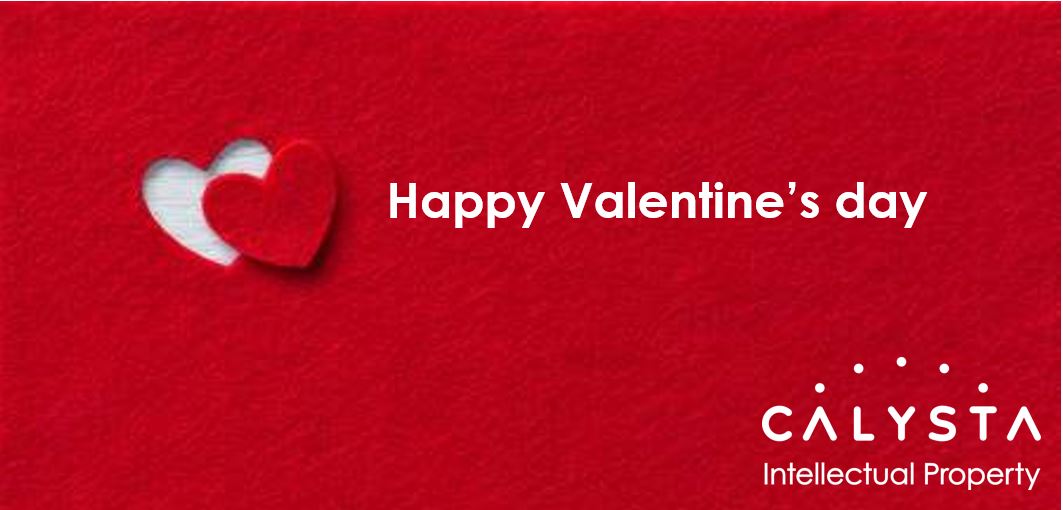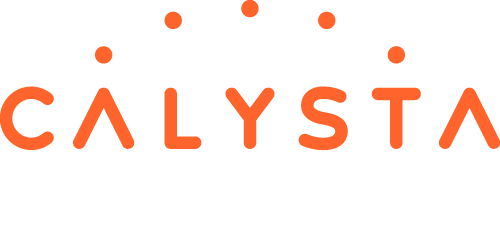
Roses are red. Violets are blue. Chocolates are purple ?
It’s Valentine’s day! Perhaps you bought your better half some chocolates in a heart shaped box. If the box is red it would be impossible to guess the brand. But if it is lilac most consumers might already have an idea. To distinguish your products and services from those of competitors colours can serve an important function. But obtaining trademark protection for colours is difficult.
Colours are used in advertising and to attract the consumers’ attention because they can convey an idea or arouse a feeling. Warm colours stimulate and cold colours reassure. Red refers to danger, but also love and passion, green to nature, blue to safety and orange stands for energy and enthusiasm. But can colours also function as trademarks? Can a single colour or combination of colours distinguish the goods and services of one company from those of another?
In theory they can. Colours are listed in article 4 of the EUTM Regulation (signs of which an EUTM may consists) and when examining trademark applications no different requirements are applied.
However, in practice, in the case of a single colour mark, distinctiveness without any prior use is inconceivable save in exceptional circumstances, and particularly where the number of goods or services is very restricted and the relevant market very specific.
It is established EU case-law that consumers normally do not make assumptions about the commercial origin of products or services based on the colour(s) used, in part because colours are unlikely to communicate specific information. The public is more accustomed to interpreting word and logos as distinguishing signs. It is also in public interest to keep the amount of single colour trademark registrations low considering the limited number of available colours, the wide scope of exclusive rights conferred by a registered trademark and the negative effect this can have on competition.
The reality is that for single colour marks you have very low chances of having your application accepted by the EUIPO without proving acquired distinctiveness through extensive use.
In recent years there are very few cases in which the EUIPO accepted the inherent distinctiveness of the colour trademark application without needing proof of use. Distinctiveness is only conceivable (but not automatic!) if the colour is very unusual for the products (e.g. the colour black for toilet paper as registered by Renova) or if the goods are limited and the market is limited (e.g. yellow for fittings for milking installations while normally these products are in black). In most cases applications are routinely rejected because of lack of distinctiveness (e.g. blue for plastic, green for agricultural products) or functionality of the colour (e.g. fluorescent yellow for enhanced visibility).
Obtaining registration for single colour marks is thus almost only possible after proving that through use the colour mark has acquired distinctiveness, i.e. the consumer is able to see the goods and services as originating from a particular company. More famous examples are the lilac colour registered by Kraft Foods for chocolates (Milka), the purple colour registered by Marc Petcare for cat food (Whiskas) and the fuchsia colour registered by Deutsche Telekom for telecommunication services.
Compared to single colour marks arbitrary combinations of two or more colours are more easily accepted without having to prove acquired distinctiveness, especially if the number of colours is limited (less than 4), colours that are common for certain goods are avoided (e.g. white for washing tablets or yellow for baked goods), the colours do not fulfil a technical function (red for fire extinguishers), the combination cannot be perceived as a purely decorative element (e.g. in relation to t-shirts) or the colour combination is not too banal or already exists on the market.
